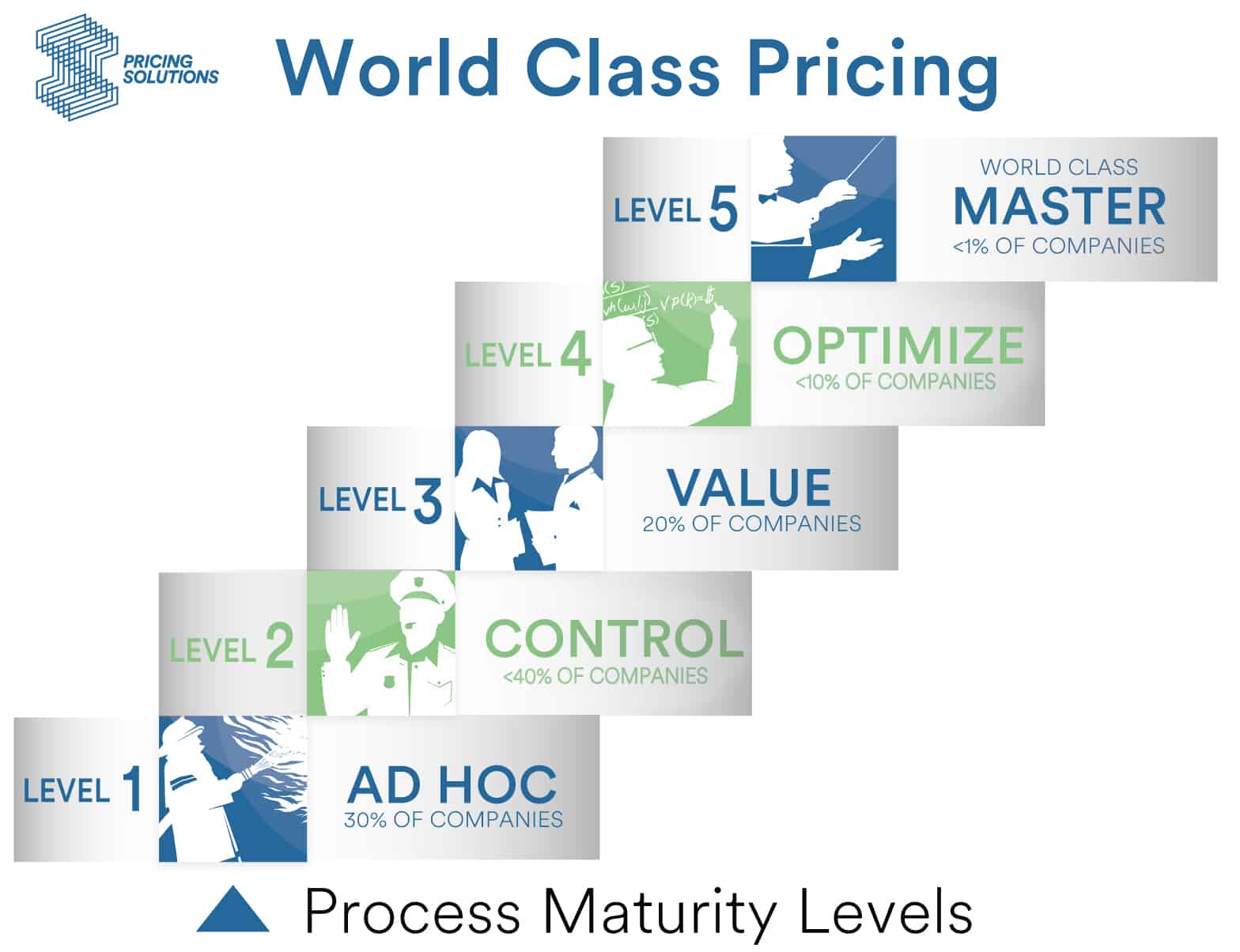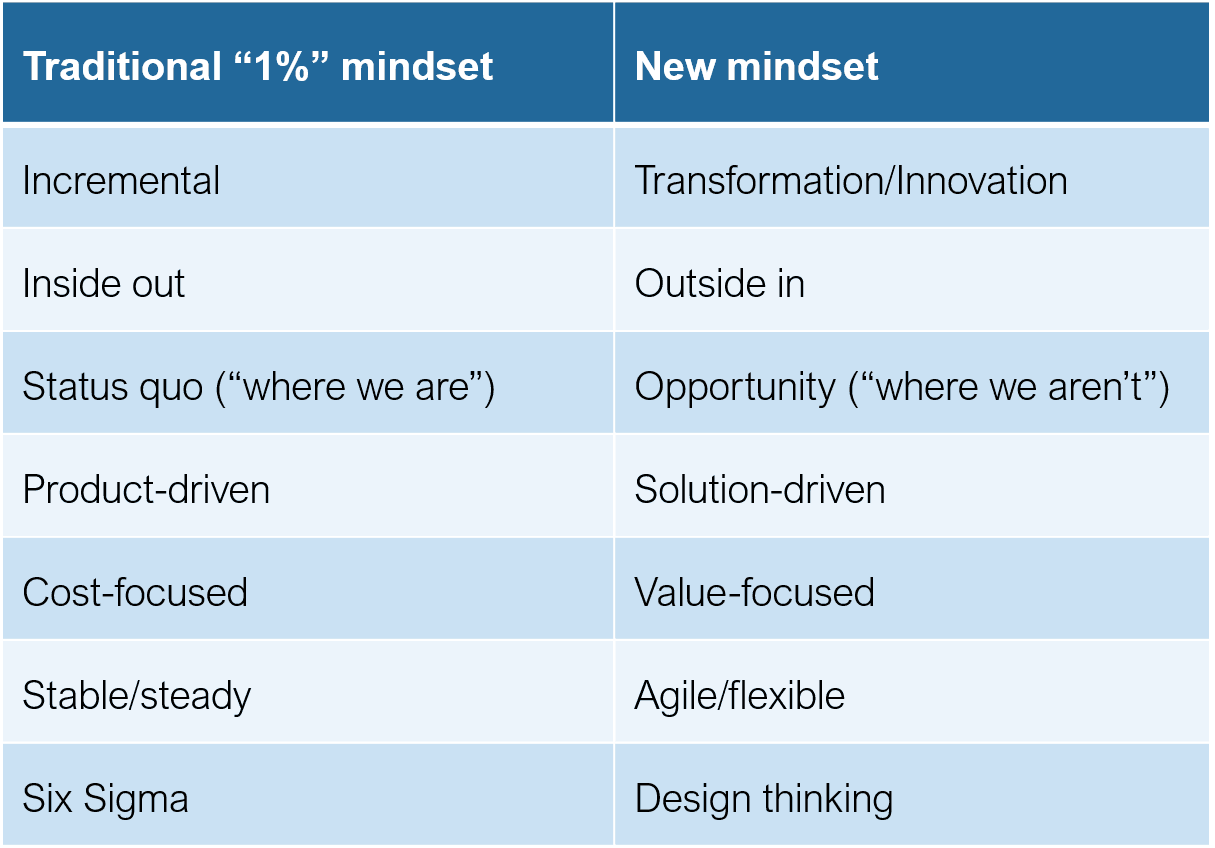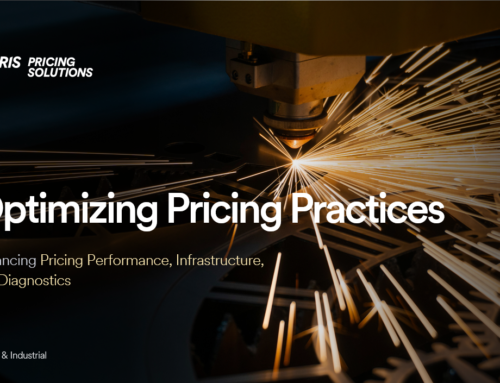For over 25 years, one simple statement has encapsulated the benefits of better pricing. Known as the “1% rule”, it claims that a 1% improvement in pricing will increase profits by X%, where X depends on the prevailing profit situation of a company or industry.
But the era of the 1% rule, and the quests for incremental improvements it inspired, is rapidly ending.
Companies now operate in markets unrecognizable to the pre-internet days when that guideline took root. While the math behind the 1% rule is valid, the much greater and more urgent pricing opportunities for firms today are in innovation and transformation, two areas which traditional incremental pricing processes are neither designed nor equipped to handle.
Relocating Resources
The 21st-century company needs three robust pricing processes – innovation, transformation, and optimization. Based on our experience and what we observe right now across industries, we argue that optimization is the least important of the three. This is not to say that there are no longer optimization opportunities worth pursuing. Rather a company is much better off devoting resources to building and executing pricing processes for transformation and innovation than following timeworn prescriptions to wring out more incremental pricing gains, tighten up discount policies, “stop leakages”, or tweak salesforce incentives.
New Profit Potential
Pricing, as always, is the means to unlock profit potential. The greatest profit potential in a 21st-century organization comes from transformation and innovation, driven by one simple word which explains why the 1% rule is losing its power and its relevance: data.
Large reliable streams of precise data are literally redefining industries and reshaping perceived value as suppliers offer unprecedented types of benefits to customers. Suppliers to the farm industry are transforming from basic manufacturers into providers of precision agricultural services. Lab testing companies are developing innovative methodologies for caregivers based on their ability to analyze data across geographies, insurers, patient types, and facilities. Almost any industry you can name is in the midst of the same kind of change. To make these transitions successful, pricing processes must change as well.
Data-Driven Pricing
Our impassioned plea to companies is that doing the basics of pricing right is no longer sufficient for survival, let alone success. A company without pricing processes built on data inflows – and staffed by data scientists who understand, interpret, and reconcile these data – will not be able to develop competitive next-generation products and take them to market. The disruption caused by this data revolution has been so dramatic and so rapid, that living at what we refer to as Level 1 (market-driven) or Level 2 (cost-plus) on a 5-Level scale for World Class Pricing is no longer viable.
In light of the acute challenges which companies face today, the 1% rule and the incrementalism it fosters can neither inspire the right questions nor answer them properly. That process must be supplemented or even replaced through two new processes: transformation and innovation.
Few companies have a process for pricing amidst a transformation, and in many firms, this is the most urgent need. Likewise, few companies have a process for pricing innovations based on a fundamentally different model (data and services) instead of on merely building the latest better mousetrap.
What Changes Do These New Pricing Processes Require?
Putting together processes for transformation and innovation will require a shift in mindset, a different set of objectives, and an array of skills and tools that may be in short supply in a company relying on traditional pricing approaches.
This table outlines what we mean by a mindset shift.
The pricing processes based on these mindsets are highly data-driven, but the type of data is much different than the kind that drives an incremental pricing process. The 1% mindset depends heavily on legacy customer data and internal key performance metrics (e.g. sales efficiency, win-loss rates, cost reductions).
The link between Six Sigma and pricing processes, described in this 2005 Harvard Business Review article, exemplifies how conventional pricing process improvement ultimately focused on incremental pricing gains. At that time, the access to high quality, real-time customer data was in its infancy. A well-known example of status quo analysis is the scatterplot of customer revenue and some proxy for the price they paid, be it absolute price or discount level.
The goals of such scatterplots, something which any pricing professional will have in his or her toolkit, are to identify outliers, to show where companies have exceeded or fallen short of nominal targets, and to expose optimization potential. Optimization and incremental improvement also helped a company manage profit in the latter states of a product lifecycle. But that mindset is too constrained to enable a company to bring next-generation, data-driven products, and services to market.
Transformation Process
What Does It Accomplish?
The transformational pricing process supports a company in its transition when the business model “flips” to a model dependent on real-time data. Such shifts include going from transactions to customized or curated relationships (think personal car-fleet memberships such Book by Cadillac or Porsche Passport), from products to solutions (think GE aircraft engines), from fixed term rates to pay-as-you-go (think insurance), or from arm length’s business to models which result in recurring revenue such as subscriptions (think software). The concept of a life cycle has changed as well. Rather than expecting obsolescence and replacement, companies can now expect renewal and improvement as a supplier adds applications and functionality to an existing product via its embedded software.
The Key Objective
The transformational pricing process also has another key objective: simplification. This applies to the existing portfolio as well as the way the company operates. The portfolio overhaul is a Pareto process because even in today’s transformed world it is no surprise that 80 percent of the newly defined value derives from roughly 20 percent of a company’s activity. Because many of those activities are new – either per se or new to the company – an activity which was once a major value contributor could now be viewed as a drain on resources, and a candidate for elimination.
The other aspect of simplification is making it easier for customers, old and new, to conduct business with the company. Customers will appreciate some retraining when a company implements a new business model, in order to ease the transition and help them see its benefits. The ability to use data inflows to reduce transaction costs and complexity and improve value delivery can be an important source of differentiation and competitive advantage in markets where many competitors are making the same kinds of transitions. User-friendly apps, as well as programs such as Amazon Prime, exemplify that thinking.
Innovation Process
What Does It Accomplish?
The pricing process for innovation puts the question of customer value at the forefront of the company’s thinking. Time is of the essence, though, as product and service life cycles are becoming dynamic at the same time that data-driven relationships between companies and customers grow stronger and deeper than ever. This means that a company must become familiar with new creative approaches (e.g. design thinking, agile). The delivery of value is now ongoing rather than discrete, and the models a company uses to price must take this into account.
The Key Objectives
The very definition of customer value itself is also expanding. The contemporary definition of value is more holistic. It includes behavioral factors, the value of a relationship, the ease of doing business, and the extent of switching barriers. It also includes the value of the data a customer provides to the company over the course of the relationship, which can allow the company (and others) to create better products and services. Companies can confidently undertake major transformations and improve the success chances for innovations if they have the infrastructure to understand and measure value in more holistic and future-oriented ways.
The End of Incremental Pricing?
Well into the 21st century, incremental pricing gains and status quo optimization are not only insufficient to keep a company competitive and profitable but a risky and time-consuming diversion of resources. Relying solely on a traditional pricing process centered on incremental improvement risks ignoring or downplaying almost every aspect necessary for setting prices in a redefined industry.
If and when this current fun-house ride of disruption settles down, and the distorting mirror and thrill rides give way to smooth sailing, the role of incrementalism may come to the forefront again. Don’t get us wrong. We are not attempting to refute the 1% rule, whose spirit has changed the fortunes of countless companies by improving their profitability and their ability to manage it. There will always be room to optimize, which is why we do not dismiss that as the third important pricing process.
But in the meantime, nearly every industry is undergoing a rapid data-driven redefinition. A company has no choice but to develop, staff, reward, and prioritize the two more critical pricing processes: transformation and innovation.







